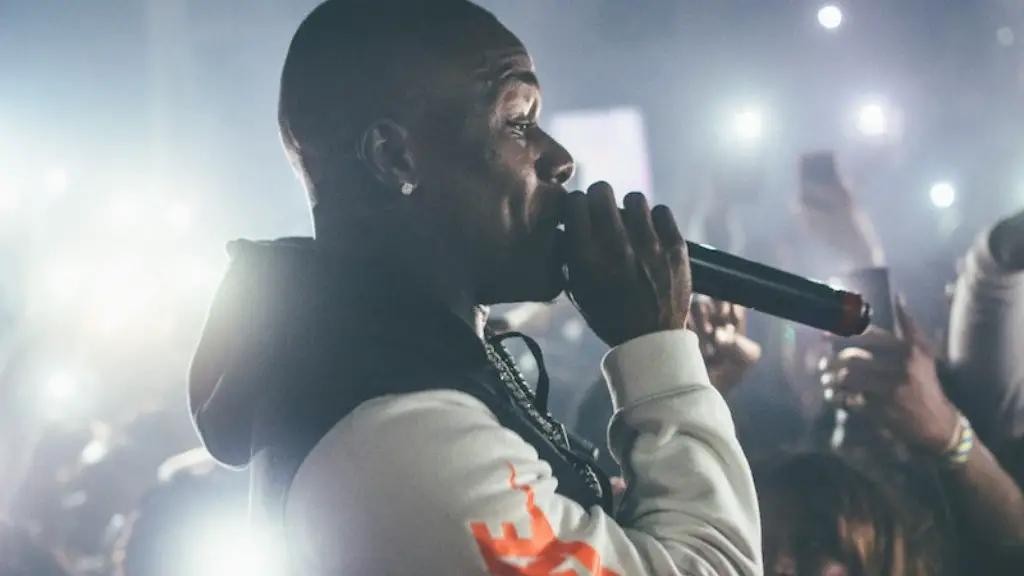How To Draw a Boulder
Not everybody can draw a real-looking boulder, but with a little patience and some practice, anyone could adorn their drawings with these majestic creations of nature. Drawing a boulder doesn’t involve some special tricks, but with a few simple guidelines, you’ll gain the skills to make your boulder look like it just rolled out of the Rockies. Let’s get started!
Breaking It Down Into Concrete Steps
First, break your boulder into sections – this will make it easier to draw. Start with a series of circles and ovals, varying the size and shape to create an interesting shape. Make sure you draw smaller and more detailed circles on the lower half of the stone, as the light will come from the top in your drawing. It’s important that each circle overlaps the last one slightly.
Next, add shadows and highlights. The shadows should go from the light source in the top of the boulder, to the bottom. This will define each section and give the texture of stone. Highlighting the top of each circle will add a 3D kind of look. To make it more realistic, you can make details around each circle with a darker shade of your pencil.
When you’re drawing a boulder, it’s important to pay attention to the crevices and details that make it look as realistic as possible. Most common stones have ridge lines and deep fissures. Add these details to your drawing to make it look more like a rock. To give your boulder an even more realistic look, draw a few trees or plants around it.
Adding Color and Dimension
Adding color to your boulder can be difficult, as there are so many shades and hues in stones that you must capture to make it look realistic. You can try a dry brush technique – use a dry brush to pick up the pigment, and then slowly apply it around the boulder. To give the boulder more life, try using watercolors, as they look more natural on a stone than oil pastels. Don’t forget to focus on shadows and highlights.
For an extra 3D effect, you can opt for a 3D-looking paint. The paint gives your boulder the full illusion of being real. You can find this special kind of paint at art supply stores. Remember, the most important thing is to blend the colors and draw the details carefully.
Using Artistic Tools to Achieve Representational Readings
To truly be creative in your boulder drawing, you can use some artistic tools. You can add foam for extra dimension and depth. Or you can use a foam cutter or a carving knife instead of a brush or pencil. You can also use a texture roller, or even sculpt the boulder with a clay or paper mache-like material. The possibilities are unlimited.
You can also use multimedia tools to make your boulder come to life. By drawing a digital rendering of your boulder, you can add color, texture and animation to it. Programmes such as Photoshop can help you add a variety of textures, and then animate the model. It all comes down to how creative you want to get with your drawing.
Bringing your Boulder to Life
Finally, to make your drawing look as if it was alive, you can use a variety of tools. Depending on yourbudget, you can add a few simple plants to pebbles around the boulder. You can also add a few vines and moss to give the impression that your boulder has been there for ages. If you want to go all out, you can even cover it with lichens and fungi to give it a truly real-world feel.
No matter what tools you use, it’s important that you take your time. Drawing a boulder doesn’t happen overnight, and it takes patience and dedication to make it look exactly like the one you have in your mind. With a little practice, you’ll soon be able to draw beautiful, realistic-looking stones that you can be proud of!
